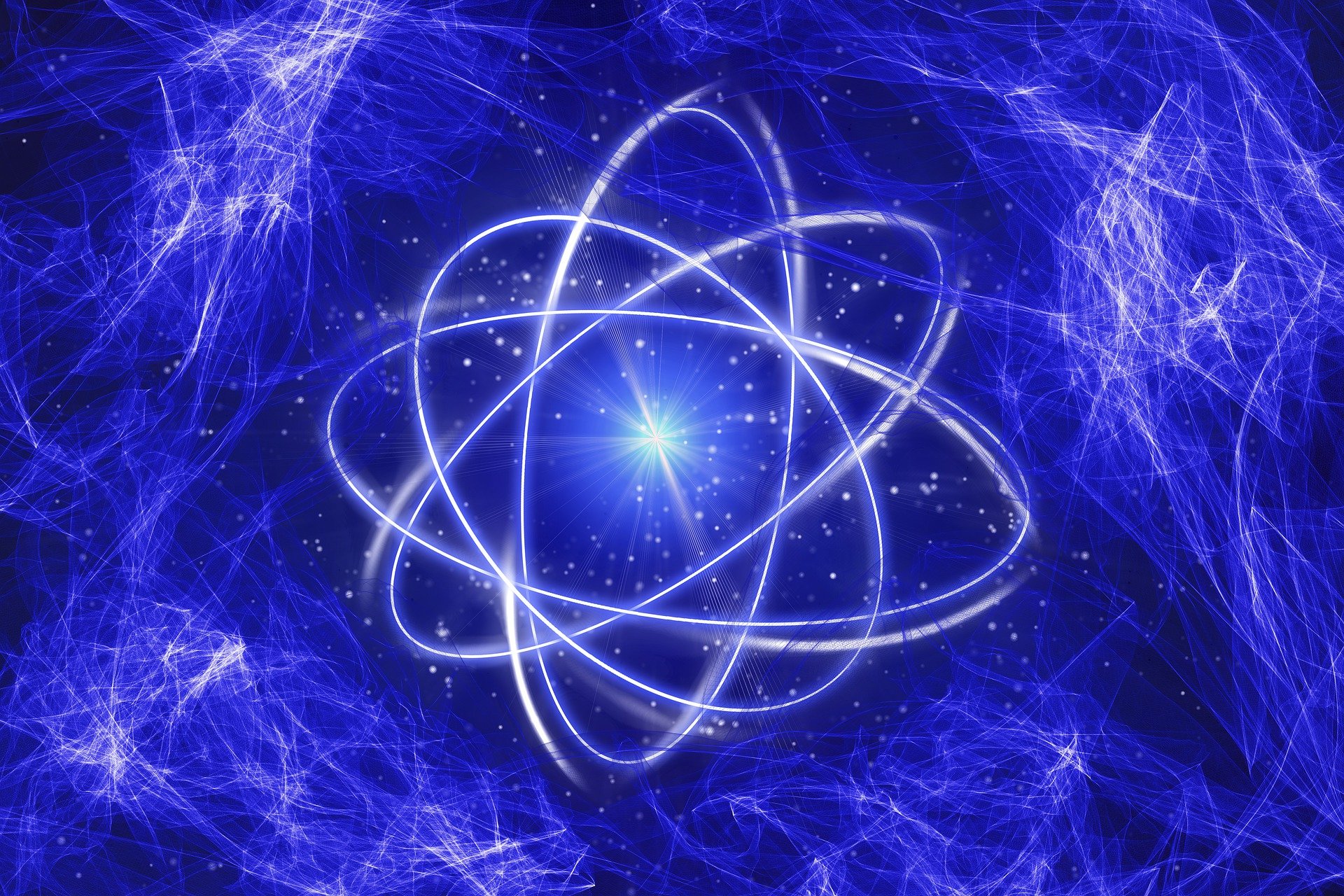
As any good contractor will tell you, a sound structure requires stable materials. But atoms, the basic structure of everything we know don't appear to be models of stability. We are told that like charges, such as protons, repel each other with a force that shoots up to infinity as they get closer. With protons clumped together at the centre of the atom, what is keeping the atomic nuclei from flying apart? Obviously, some other force must be at work inside the atom, something that we can't detect at our human scale. For this force to account for the binding of protons in the nucleus, it must have certain interesting features. First, it can't have any sizable effect beyond the radius of the atom itself, or it would play havoc with the nuclei of adjacent atoms, destroying matter as we know it. Second, it must repel at even shorter distances, or else the neutral neutrons would collapse into each other. Current atomic theory suggests that this force is most likely conveyed by massless particles called "gluons" according to the theory of quantum chromodynamics(QCD). According to QCD, protons and neutrons are composed of smaller particles called quarks, which are held by the named gluons. This quark binding force has a 'residue' that extends beyond the protons and neutrons themselves t provide just enough force to bind the protons and neutrons together.
Sort: Trending